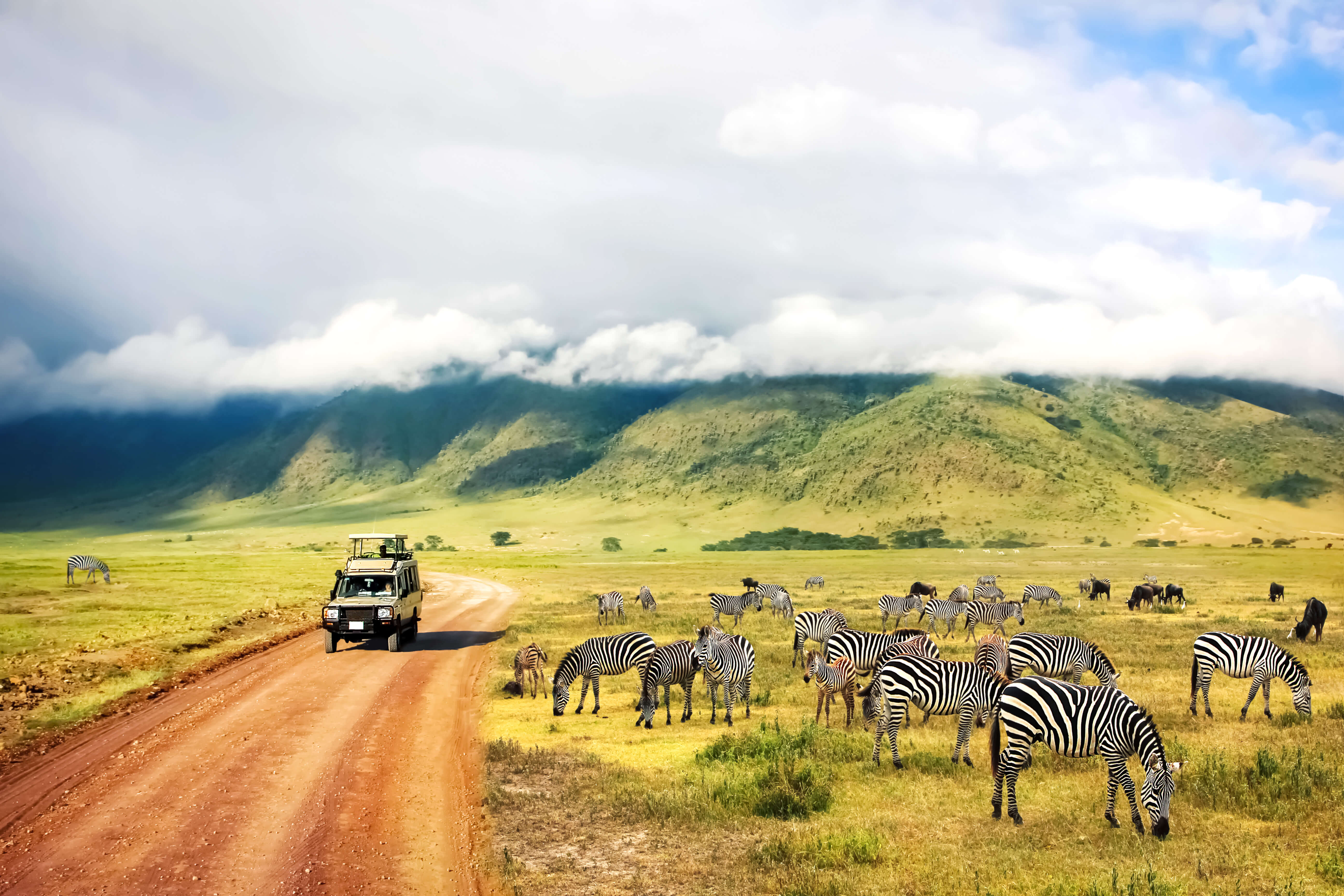Big Cities and Western Goods
Before moving to Tanzania, I had envisioned living in a rural mud hut out in the wilderness. However, upon arriving I was surprised to find large urban areas like Dar es Salaam, Moshi, and Mwanza that offer many modern amenities. These cities bustle with activity, much like those back home in California. You can find supermarkets, shops, and malls selling Western consumer goods and convenience products. While Tanzania maintains its unique African culture, the urban centers have developed infrastructure and industries to comfortably accommodate visitors from abroad.

Varied Local Architecture and Climates
Outside of the big cities, housing styles are more diverse across the country. In rural villages, some homes still use traditional mud and thatch construction. However, concrete and aluminum have become more prevalent building materials. The architecture and layout of towns reflects the varied climates as well. I lived in the mountainous region of Lushoto, which had weather remarkably like the lush Coastal Ranges in California. Other areas will be blazing hot, while higher altitude places can get quite cold at times. The landscape and dwelling designs have adapted to these diverse Tanzanian regional climactic conditions.
Community Life and Daily Interactions
Wherever you go, you’ll find children playing vibrantly in the streets. Their homemade toys, crafted from discarded scrap, show great inventiveness. Animals also roam freely, with livestock integrated into village life. Squat toilets, handing rather than paper, and prohibiting the left hand were all adjustments. But the most notable aspect is how welcoming Tanzanians are to outsiders. People live closely together in tightknit communities and will happily invite strangers into their homes. Their warmth and generosity is truly touching. Simple interactions like greetings and well-wishes are also important social rituals to observe.
Encounters with Local Wildlife
Nature is never far in Tanzania. Along roadsides and wandering between buildings, you’ll spot all manner of wild animals nonchalantly going about their business. Cows, goats, chickens and other domesticated beasts are regular fixtures of rural Tanzanian village life. But one may also come across lions, elephants, monkeys or other iconic African species in their natural habitat. Even within towns, it’s not unusual to see baboons or warthogs rummaging around. While some species like machete-wielding farmers can appear alarming, Tanzanians live alongside nature in relaxed coexistence.
Traditional Education Practices
School life in Tanzania retains influences from the colonial era. Corporal punishment of students by teachers with caning is still considered an acceptable discipline method, though it may be changing. Outsiders can find this distressing, but reforming long-held cultural norms takes generations. On the bright side, there remains a strong valuing of education. Children enthusiastically attend classes, and many families make great sacrifices to afford school fees. While the system still utilizes traditional pedagogical practices, new ideas are gradually spreading to create a kinder learning environment.
Daily Life in Rural Villages
Venturing into the countryside, you’ll be immersed in a slower pace of living. Small scale farming of crops like corn and beans is the main work. Machetes or pangas feature prominently as versatile manual tools. Beyond crop cultivation, families keep small livestock herds and engage in activities like collecting water and firewood. Transportation is typically by foot over unpaved paths connecting hamlets. Daily life has endured for centuries with little change. Yet villagers remain resilient and take pride in their self-sufficiency despite challenges of rural Tanzanian subsistence living.
Cultural Traditions and Hospitality
Tanzanian culture is woven with traditions spanning diverse ethnic groups and outside influences. Ceremonies, arts, crafts and cuisine all tell stories of history and identity. From the colorful Maasai warrior tribe to Islamic coastal regions, each area has its unique flavor. Social ideals also emphasize communal bonds and hospitality. Strangers are received as honored guests, freely sharing what little resources one has. Acts of neighborly kindness are encouraged virtues. Whether casually on the street or being welcomed into homes, the graciousness of Tanzanians really creates a lasting impression on visitors. Their warmth exemplifies the beautiful spirit of East African social norms and values.
**Hardships and Daily Struggles **
For all its natural charm and welcoming people, Tanzania also faces significant hurdles. Poverty afflicts many rural communities lacking essential services. Diseases are more prevalent without advanced medical care. Urban areas battle issues like congestion, pollution and rampant street crime. Heartbreaking sights like crowds of young orphans begging on streets are sobering realities. Corruption also undermines progress at many levels of society. Daily struggles for basic survival means few can think about loftier goals. It’s humbling to witness both resilience and vulnerability of ordinary Tanzanians amidst diverse socioeconomic hardships.
Memories of Tanzania
Even after leaving, vivid memories and deep affection for Tanzania remain. From leisurely beach vacations to living immersed in bustling streets or quiet villages, the duality surprises and enriches. Interacting with the kind, fun-loving people fosters lasting friendships. Witnessing their spirit of community despite challenges provides life lessons. Tanzania’s natural landscapes, ranging from rainforests and mountains to epic plains teaming with wildlife, inspire awe and reflection. Its harmony of traditional society and rapid modernization glimpses possibilities for our shared future. Most of all, Tanzanians exemplify qualities we all seek - close bonds, humility, gratitude and zest for life whatever it brings. These are recollections that continue enriching my perspective long after returning home.

 Beijing vs Shanghai: Which Chinese City Should You Visit?
Beijing vs Shanghai: Which Chinese City Should You Visit?/GettyImages-619422774-5898a6c73df78caebc595ec7.jpg)